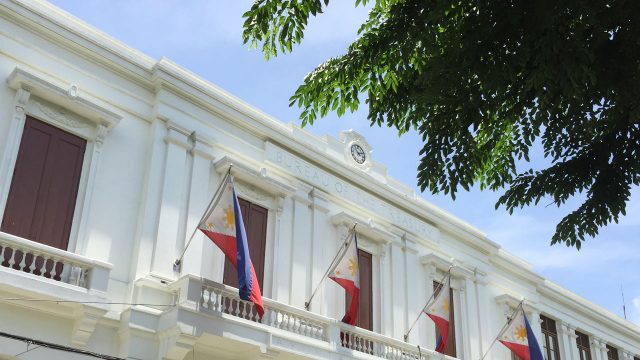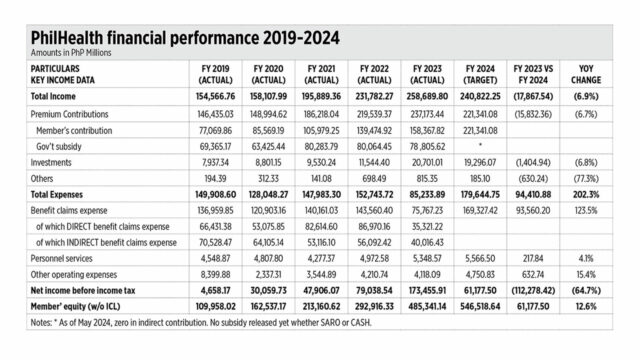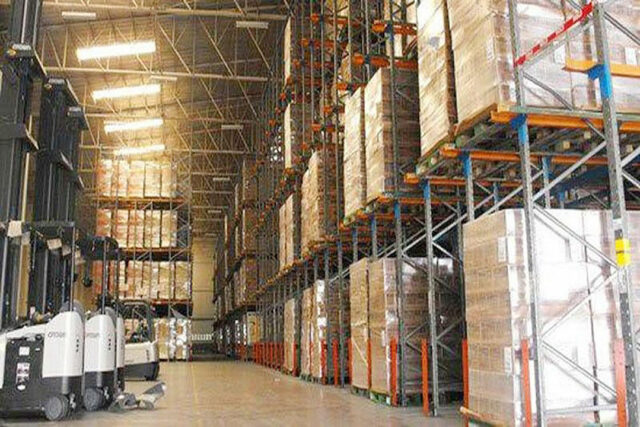The Davos ‘vibe shift’ is no surprise
US PRESIDENT Donald Trump’s appearance at the World Economic Forum in Davos, Switzerland, this week came after a frenzy of executive orders, many of them targeting long-standing diversity, equity, and inclusion policies in the federal government. But he also sent a strong signal to the business world, instructing government agencies to identify “up to nine” companies and others in the private sector that should be investigated for their DEI practices.
At Davos at least, corporate leaders were already channeling the message.
The gathering of the global elite has long been the place where business leaders can put their heads together over cocktails and canapés to bat around solutions to the world’s most pressing problems. In the past, the confab has been a breeding ground for initiatives to foster workplace diversity, fight climate change, and leverage business to combat income inequality.
But this year, Davos was different. Significant slices of corporate America have been divesting themselves of the world-saving ideals that Davos is built on.
Even before Trump won reelection in early November, concepts like DEI and ESG had fallen out of vogue, and much of corporate America had moved to change their initiatives and messaging to match the new political environment.
Companies including Walmart, Inc., the US’ largest private-sector employer, have walked back some of their DEI efforts under pressure from right-wing activists. Big financial institutions from JPMorgan Chase & Co. to BlackRock, Inc. have exited one of the world’s biggest business groups committed to battling climate change.
And the speed at which some companies have changed their policies to please Trump and his anti-woke posse has raised serious questions as to whether they ever really believed the rhetoric. (On Thursday, Trump beamed into Davos via video, giving his stock stump speech and taking a few softball questions from CEOs.)
“It’s sort of like, ‘OK, which time were you lying?’” Tom Glocer, Davos attendee and lead director of Morgan Stanley and Merck & Co., Inc., remarked to Bloomberg News about the abrupt turnaround. Some CEOs are likely relieved “they no longer have to put on a mask,” he added. “Their behavior and pronouncements are maybe moving toward their true self.” One executive described the change to New York Times’ DealBook as an “exhilarating return” to the “before times” and another joked that he was there for DEI — “deregulation, energy, and investment.”
At Davos, there were of course a few exceptions to the rule. Both JPMorgan CEO Jamie Dimon and Goldman Sachs Group, Inc. CEO David Solomon said during television appearances that they would continue to focus on DEI programs, even as shareholder activists put them under pressure. “Bring them on,” Dimon said.
But for longtime cynics of big business’ “change the world” positioning, it has not been enough to counter the feeling that this year’s so-called Davos “vibe shift” is yet another proof point that much of the do-gooder rhetoric was posturing and PR, not a true ethos.
Alison Taylor, New York University business school professor and author of Higher Ground: How Business Can Do the Right Thing in a Turbulent World, said it seems the general message coming out of Davos this year was “game over, and it’s Trump’s world now, and DEI is dead.” But she points out that the so-called “Davos Consensus” is usually wrong. In 2016, it was that Trump wouldn’t be elected president, in 2020 that he would, and in 2023 that there would be a recession. (It was a rare win last year when the Davos set said Trump would prevail in the election.)
It’s hard to get predictions about the state of the world right when you’re making them from a privileged bubble in the Swiss Alps. Down in the real world, Costco Wholesale Corp. this week easily defeated a shareholder proposal meant to undermine its diversity efforts. It was a reminder that the game might not be over quite yet.
BLOOMBERG OPINION


































